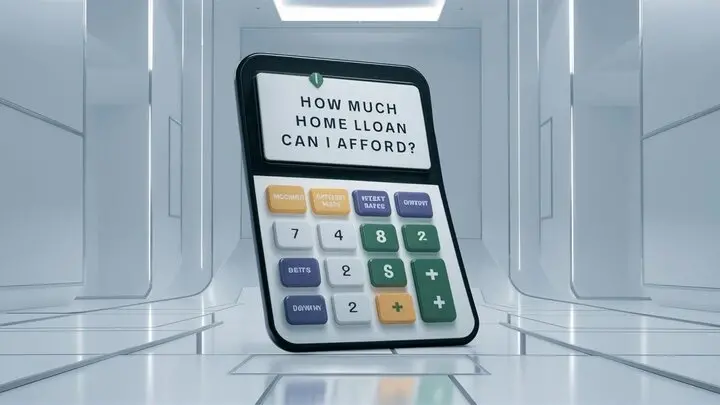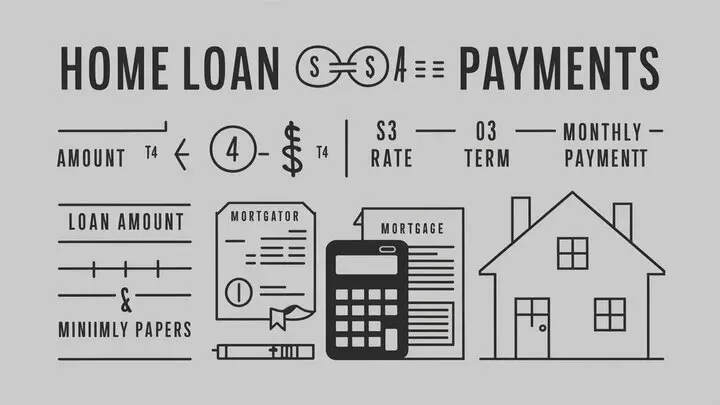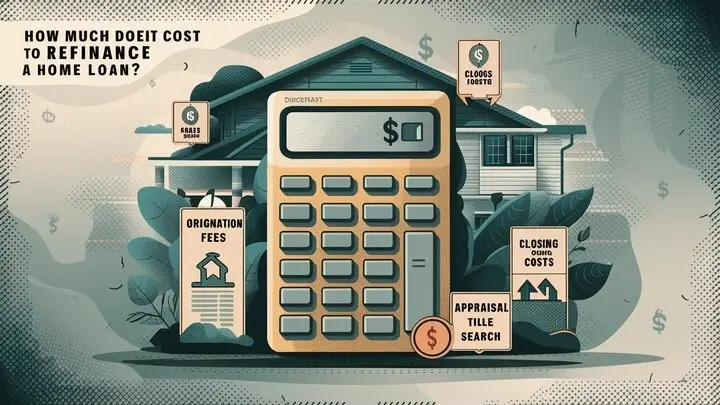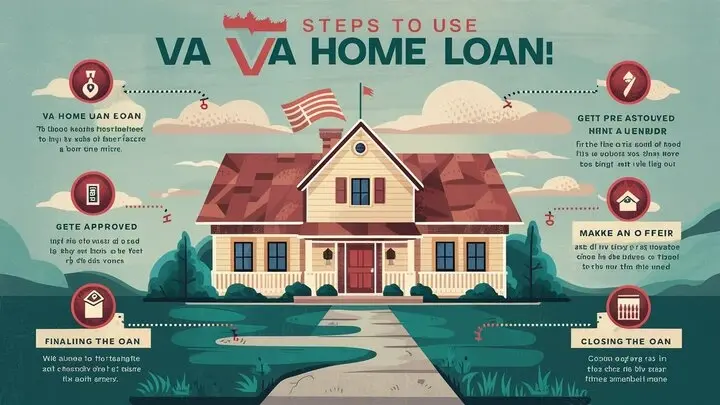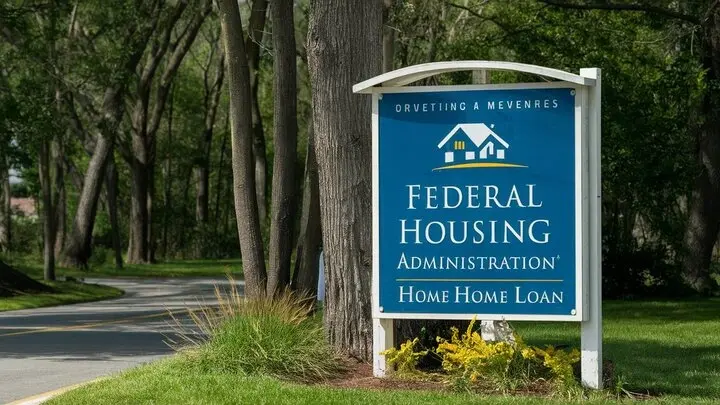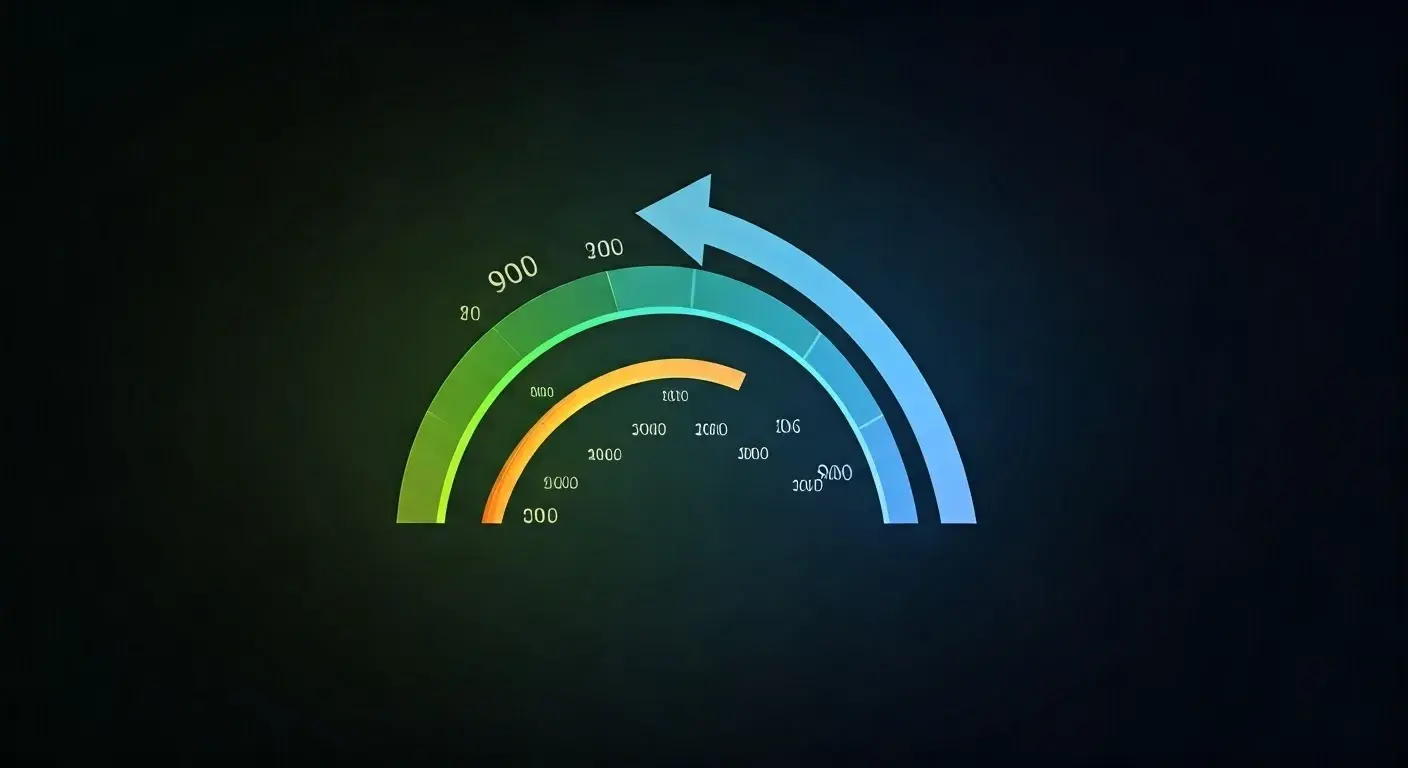-
Posted on: 09 Aug 2023
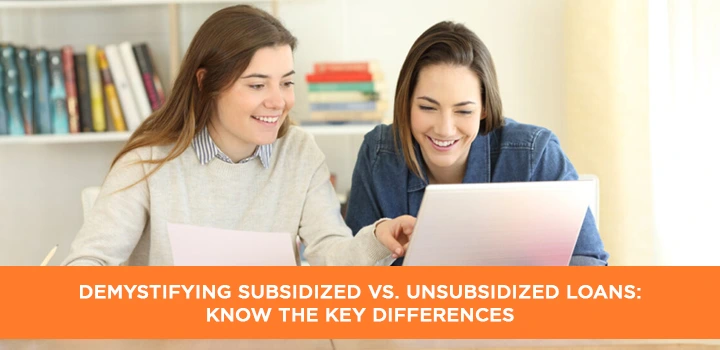
-
Especially when choosing which subsidized and unsubsidized loans to apply for, student debt management may be difficult. Making wise financial decisions calls for knowledge of the primary differences between these two types of loans. This blog will break up subsidized and unsubsidized loans, elucidating their eligibility criteria, interest rates, and repayment periods. Having this knowledge right at hand will enable you to make the right decision. Let us fight and simplify the convoluted problem of student loan debt together.
What is a subsidized loan?
One kind of loan are subsidized loans, which are offered to applicants on better conditions than a standard loan. Usually sponsored by the government or a government-affiliated company, this kind of loan has interest paid by the lender while the borrower is either in school or for a certain deferral. Because the borrower does not pay interest during this time, the loan appeals to students or others with limited means.
What is an unsubsidized loan?
A student's financial position has not much bearing on their ability to pay back an unsubsidized loan. Unlike subsidized loans, unfunded loans are available to all qualified students from any financial situation. One notable distinction between the two loan types is the level of interest acquired during the period.
Once an unsubsidized loan is taken out, interest starts to climb even while the borrower is still in school. All loan principal and interest must be paid back whenever the borrower completes their degree program or a dropout is identified. Unsponsored loans, which come from both commercial lenders and the federal government, are a typical replacement for people neither eligible nor in want of subsidized loans. Borrowers should be urged to delay interest payments while in school as the continuing interest accumulation will result in a higher total debt.
Subsidized vs. unsubsidized student loans: What’s the difference?
Generally speaking, school finance starts to mostly depend on student loans. No student loan is, of course, precisely like another. Mostly, the kind of loan— subsidized or unsubsidized—defines most differences. Your financial situation going forward might be much changed depending on the differences between the two.
- Eligibility:
Completing the Free Application for Federal Student Aid (FAFSA) can help you to show financial need and therefore qualify for a discounted loan. Usually suited for this kind of support are undergraduate students.
Qualifying for unsubsidized loans differs from that of subsidized loans in not depending on financial need. Whether an undergraduate or graduate student, one qualifies for these loans.
- Interest:
The main benefit of subsidized loans is that, for certain times the federal government pays the interest, therefore saving you money in cumulative interest over time. Long term, this makes them much more reasonably priced.
Unsubsidized loan interest begins to rise from the time the loan is taken out. While at school, you might postpone interest payments; nonetheless, this will be included in the loan amount and increase the total payback period.
- Loan Limits:
Under subsidized funding, Your financial need, enrollment status, grade level, and under-subsidized program will all decide the loan amount you could be qualified for. The U.S. Department of Education sets the yearly restrictions; they vary.
There are more borrowing limitations on unsubsidized loans than on subsidized loans. Your grade level, dependent status, and other circumstances help to determine the precise amount. Graduate students borrow more than average undergraduate students do.
- Repayment:
Beginning upon graduation, leaving school, or declining half-time enrollment in which case you are not required for payment, a six-month grace period starts. Once this grace period passes, you begin to pay back off.
Unsubsidized loans also have a six-month grace period, however, interest will accumulate throughout this period. To try to save total loan payments, you could decide to pay interest while still in school.
Who is eligible for federal student loans?
Federal student loan candidates must be either U.S. citizens, nationals, or hold eligible noncitizen status. Generally covers qualifying noncitizens, individuals with refugee or asylum status, and those given humanitarian parole as well as permanent residents.
One must be enrolled or accepted as a regular student in a degree, certificate, or other recognized educational program at an approved school to be qualified for federal student loans. Participating in federal student assistance programs, qualifying institutions consist of colleges, universities, trade schools, and vocational programs.
Enrolled at least half-time for their course of study, students must be approved for federal loans. Though it differs depending on the university, half-time enrollment usually refers to a few credit hours or equivalent course completion.
Candidates for federal student loans have to keep up sufficient academic performance based on their university to be qualified. Inaccurate grades or failing minimum GPA criteria might compromise eligibility or cause financial assistance to be terminated.
Federal student loans depend on your having a current Social Security number. This affects both the application and, depending on parents, should The Social Security Administration verify the data you provide during the application procedure?
Students cannot qualify for further federal student assistance with any existing delinquent federal student loan. Any defaults or past-due should be resolved before looking for new loans.
While most individuals would look for federal student loans, other programs—like Direct Subsidized Loans—give those with financial needs greater priority. Completing the Federal Student Aid (FAFSA) free application will highlight your financial need.
Male applicants between the ages of eighteen and twenty-25 must register with the Selective Service System to be approved for federal student loans. You might register online or on the FAFSA form; neglecting to register could result in ineligibility for federal financial aid.
How do you apply for a federal student loan?
Applying for a federal student loan is among the most crucial financial choices you could make for your education. Whether your plans call for helping a loved one through college or you are thinking about further study for yourself, knowing the application process is very vital. Complete the free Federal Student Aid (FAFSA) application.
First comes completing the FAFSA, the principal application form for federal student loans. Sort all the necessary information—including your tax returns, Social Security number, and other financial data. Send in full and early forms to maximize your eligibility on the FAFSA.
A Student Aid Report (SAR) will arrive several weeks after the FAFSA turn-in. This page lists your anticipated family contribution (EFC) and any financial aid to which you could be entitled. Go over the SAR carefully for any errors; correct those that call for it.
While the federal government runs many loan programs, direct subsidized loans and direct unfunded loans are the two most regularly utilized types. Since the government pays any interest accumulated while you are in school, need-based subsidized loans offer better terms. Any student might, however, be eligible for reduced loans, so
What are federal student loan interest rates?
Federal student loan interest rates are those paid on loans given by the federal government of the United States to assist individuals and their families in financing greater education costs. Direct Subsidized Loans, Direct Unsubsidized Loans, and Direct PLUS Loans are just a few of the many programs offering these loans. The Department of Education sets yearly interest rates on federal student loans using a formula outlined in federal law. Since they directly affect the cost of borrowing and the whole amount repaid during the loan term, borrowers must know the interest rates.
How does student loan interest work?
Interest on student loans is the extra sum of money borrowers must pay on top of the borrowed principle. It is a necessary part of student loans and influences the whole cost of financing for school greatly. Usually levied yearly, this interest is computed as a percentage of the loan amount. Effective financial planning and wise borrowing and loan repayment choices depend on a knowledge of how student loan interest works.
Many factors affect the interest rate on student loans, including the kind of loan—federal or private, the borrower's creditworthiness, and so on. Federal student loans sometimes have lower interest rates than private loans overall. These interest rates may be fixed—that is, they stay the same during the loan—or they can be variable, in which case they vary regularly with changes in the market.
How much money can you borrow for college?
One of the main worries of many future college students about financing their education is their borrowing capacity. Many factors affect the amount of money people may borrow for education. One very important consideration is the kind of student loans accessible. The U.S. Department of Education's federal student loans have defined borrowing restrictions depending on a student's academic year and dependent status. For undergraduate students, the restrictions usually run from $5,500 to $12,500 annually; for graduate and professional students, they may go as high as $20,500. Still, these constraints are flexible depending on personal situation. Furthermore, there are private student loans with different borrowing restrictions depending on the lender's rules, the student's creditworthiness, and the tuition of the selected university.
The particular expenses connected to their selected university also affect the amount of money students may borrow for education. Usually, one considers the cost of tuition, fees, room and board, textbooks, and other instructional expenditures to determine the overall amount a student could take in loans. The maximum loan a student may get depends on the difference between these expenses and any other financial help they acquire—such as grants, scholarships, or work-study awards. Many times, institutions provide a financial assistance office to help students negotiate the loan application process and grasp their borrowing choices.
Student loan repayment plans
With the rising costs of education, student loans have become a reality for millions of students worldwide. However, repayment plans can provide some relief, ensuring that borrowers can manage their debt more effectively.
- Standard Repayment Plan:
The most simple choice is the basic repayment plan. Over ten years, it has provided set monthly payments. Borrowers who can adequately afford their monthly payments and want to pay off their debts fast would find this plan appropriate. This strategy helps you save on total interest payments even if it calls for a bigger monthly payment.
- Graduated Repayment Plan:
Designed for debtors whose income is likely to rise with time, the graduated repayment plan The monthly payments are first smaller but progressively rise over ten years. For new graduates who expect future wage increases or professional advancement, this option helps them to start with reasonable payments and modify as their income increases.
- Income-Based Repayment Plan:
Income-Based Repayment Plan: Your yearly income, family size, and domicile state of affairs all influence this plan. Usually limited to 10 to 15 percent of your salary, your monthly payments represent a defined amount of your discretionary money. This approach gives borrowers suffering financial difficulty or lower earnings options. Furthermore, should payments for 20 to 25 years be paid for, any leftover debt might be forgiven, however, it would be regarded as taxable income.
- Pay As You Earn (PAYE) Repayment Plan:
Like the IBR scheme, the Pay As You Earn (PAYE) plan determines monthly payments depending on your income but puts the ceiling at 10% of your discretionary income, therefore guaranteeing fewer payments. You have to show financial problems or satisfy some conditions to be qualified for PAYE. Following 20 years of regular payments, the remaining amount might be qualified for forgiveness.
- Public Service Loan Forgiveness (PSLF) Program:
Program for Public Service Loan Forgiveness (PSLF) aids debtors employed in eligible public service occupations. Under this arrangement, borrowers pay 120 eligible monthly installments while working full-time for a government or nonprofit group. The remaining debt is forgiven if the criteria are satisfied. PSLF lets candidates dedicated to a public service career handle their debts while serving their communities.
Which is better: unsubsidized or subsidized loans?
Finally, the argument between subsidized and unsubsidized loans boils down to personal situation and financial objectives. Although unsubsidized loans provide greater freedom and accessibility, they also start to accrue interest from the minute they are issued. Conversely, subsidized loans provide students a great break from accumulating debt while they are in school or financial difficulty. Usually, however, subsidized loans are only for individuals showing financial necessity.
In the end, one's financial condition and plans will determine whether subsidized or unsubsidized loans are best. Before deciding, prospective borrowers should give their financial situation and repayment plans great thought. To completely grasp the consequences of every kind of loan and choose which one best fits their long-term objectives, one might be advisable to see loan counselors or financial advisers.
Struggling with bad credit? Dial (888) 803-7889 for expert credit repair assistance!
